Don't miss out on the best jobs!
Subscribe to HelpGoAbroad and weekly we will sent you an email with latest job posts. Provide your email address below
Some of the most notable Thanksgiving emblems include turkey, pilgrims and Native American Indians but the traditions celebrated in North America are only one of many rituals that give thanks for a bountiful harvest and family. Check out the way these countries celebrate a successful harvest and why!
Rome: Cerelia
On October 4, Romans honor the Goddess Ceres, who is the Goddess of Corn (and also where the name for our beloved breakfast food ‘cereal’ stemmed from) with a festival called Cerelia. The rituals involved in this celebration include dancing, parades, games and sports and the production of a massive feast as an offering to Ceres. Despite the different origins of the ritual, the Romans actually introduced one of the most symbolic icons of Thanksgiving, the cornucopia. This horn-shaped basket is filled with fruit and Greek mythology states that the cornucopia was created by Zeus, as an enchanted goat’s horn that could generate an infinite abundance of anything the owner of the own most desires.
China: "Chung Chiu" Moon Festival
The Chinese calendar is based on the lunar cycles throughout the year and in August, it is believed that the moon is the brightest and biggest, so on the 15th day of the 8th lunar cycle, families gather to celebrate the autumn harvest. Chinese families reunite and observe this festival with a feast that lasts for three days. The most emblematic tradition of this holiday is the moon cake, which is a sweet cake filled with a salty yolk that is intended to symbolize the full moon. There are different variations of the cakes depending on the baker, some are flavoured while others are filled with sesame seeds, lotus seeds, red or black bean paste and even duck eggs. These cakes are shared between families and friends to signify peace and unity.
Vietnam: Têt-Trung-Thu Festival
Similar to the Chinese “Chung Chiu” Festival, this Vietnamese tradition is also celebrated in the 8th lunar cycle, on the 15th day, and with moon cakes. However, the purpose of this festival is devoted to giving thanks for families, and it is known as the “Children’s Festival”. Considered the second most important holiday in Vietnam, folklore dictates that during harvest season, many parents were too busy to care for their children, so once the harvest was over they would return to their homes, showering their children with affection and appreciation. Rituals of this thanksgiving celebration include lighting handmade lanterns, lion dances performed by the children and a candlelit procession at dawn.
Korea: Chu-Sok
Yet another festival celebrated on the 15th of August, this Korean tradition is held to honor the “Chu-Sok” (fall evening) before the autumn harvest. Beginning on the night of the 14th and lasting for three days, several feasts are shared with family members with a glorious array of food. Some of the food made for this occasion includes ‘songpyon’ is a special dish that looks like a crescent moon made from rice, beans, sesame seeds and chestnuts, along with dishes like japchae and bulgogi. Prior to eating, families gather in the moonlight offering remembrances to their ancestors and children dance in traditional attire to signify their blessings.
South India: Pongal, the Harvest Festival
Pongal is celebrated over four days, with each day bearing significance for the different aspects of life to give thanks for. On the first day, Bhogi Pongal honors the king of the gods, known as Indra, in order to reap a successful harvest. The second day is considered the most important part of the festival. Surya Pongal is a day to worship the sun god and people will toss their old clothes into a fire, give each other oil massages and don new clothes. They will also prepare special dishes like sarkkarai pongal. The third day honors cows and bulls, and is called Mattu Pongal. Here cow herders and shepherds decorate their herd. The last day is Kaanum Pongal where people travel to reunite with family members and share in their harvest.
United Kingdom: Harvest Festival
Rooted in the traditions of Saxon farmers cutting the first sheaf of corn and offering it along with an animal sacrifice in order to please the fertility gods to give them an abundant harvest. The Saxons believed that the Spirit of the Corn resided in the first cut of corn and in order to protect the harvest they would make dolls made of corn with braided plaits and put them in the rafters of the barn. In modern England, these corn dolls are still made each year, and they produce a huge feast to celebrate the successful harvest. Another gesture of giving thanks is that people, especially children, will bring gifts of fruit and vegetables to churches and schools so that they can help to feed the less fortunate. ‘
Israel: Sukkot
This biblical holiday known as Sukkot or the Feast of Booths or Feast of Tabernacles, happens during the month of Tishrei, on the 15th day, which falls between the end of September and late October. This day is meant to commemorate and honor the Israelites’ experience of traveling the desert for 40 years in order to escape form Egyptian slavery. This is a tradition that lasts for a week and includes rituals of several special prayer services and holiday feasts.
Germany: Erntedankfest
This harvest celebration occurs in September or October depending on the year and is initiated with a sermon. Other rituals associated with this tradition include a procession where a harvest queen known as Ernteknigin, is chosen and honoured with a harvest crown. The feasts that occur on this day include harvest fruits and vegetables, along with chickens that were specifically fattened up for the occasion. They also perform several celebratory dances and play music throughout the day, followed by an evening lantern parade and fireworks. This German celebration is not as devoted to family-time as it is in other countries, but the left-over food from the celebration is given to the less fortunate.
What was initially a celebration to give thanks to the Lord transformed into Dia de Ao de Graas, after the ambassador of Brazil was inspired by a 1949 visit to North America. Similar to the US holiday, this tradition is celebrated on the 4th Thursday in November and although it is not an official holiday, it does still feature the typical turkey, stuffing, mashed potatoes and other traditional American Thanksgiving dishes. Not all Brazilians celebrate this day, but it is still considered an important day for sharing good food with cherished family and friends.
Ghana: Homowo, or Yam Festival
You love those candied yams that grandma cook every year, but in Ghana, yams are actually a very important crop that are the main object of thanks during this festival. In order to ward off famine and to praise the spirits for a successful harvest, there is a large gathering held to celebrate the important tuber, which are then blessed by the chief once they are unearthed. The first ritual of the day is a ceremony to honor twins and triplets that have passed on, which is then followed by marching in the streets with drums, face painting, traditional dances such as the Kpanlogo, singing and of course feasting on several dishes based around yams, such as mash yams with hard boiled eggs and a mashed cornmeal with palm oil dish known as kpekpele.
Canada: Jour de l'Action de Grâce
Officially celebrated on the second Monday in October, Canadians celebrate Jour de l'Action de Grâce. Canadian Thanksgiving was first distinguished in 1872 when King Edward VII recovered from a life threatening illness, but it wasn’t until 1957 when the holiday became official. Canadians celebrate a good harvest and share blessings of gratitude that they have experienced throughout the year, in a similar way to North Americans, by sharing a hefty feast with their family members, and watching football. Since the holiday is on a Monday, festivities usually occur throughout the whole weekend prior to the actual holiday.
Barbados: Crop Over Festival
With sugarcane as a major crop in Barbados this thanksgiving festival highlights their gratitude for a successful sugarcane harvest. Beginning in 1688, the Crop Over begins with the presentation of harvest crowns for whoever produced the most sugarcane that year. Other rituals include feasts of fish cakes, barbequed chicken, drinking competitions and challenges of climbing greased poles.
Malaysia: "Kadazan Harvest” Celebration
This Malaysian festival highlights their thankfulness for the ever present and valuable Asian cuisine staple of rice. This is actually a religious holiday that is celebrated in May, after the seasonal harvest in the rice patties, devoted to honouring the rice god, Semangat, for a bountiful harvest. The festivities include agricultural demonstrations, races on native buffalo, cultural dances and song, traditional games and the distribution of homemade rice wine while wearing traditional costumes.
Sign in to publish a comment
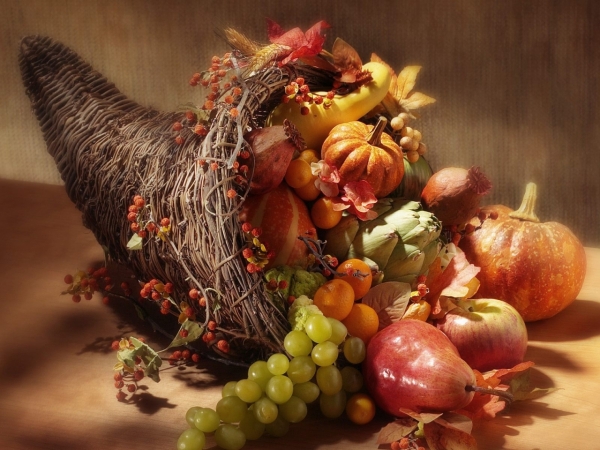
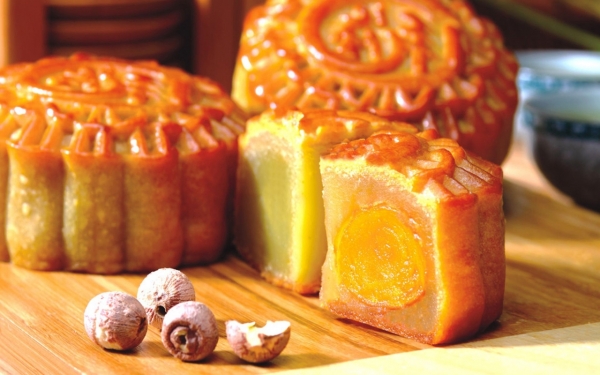
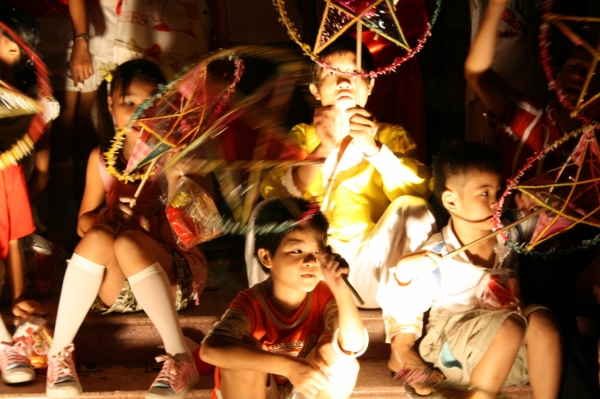
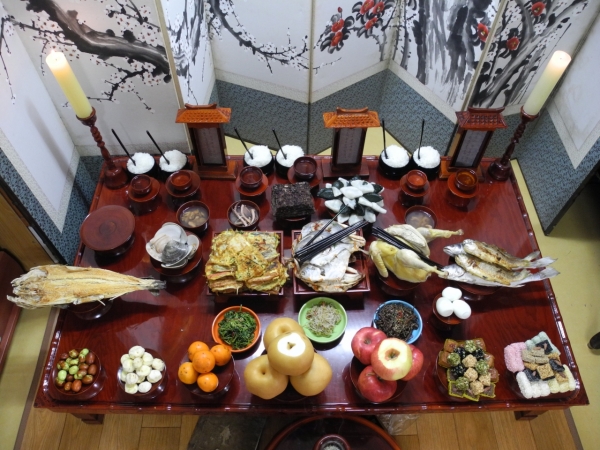
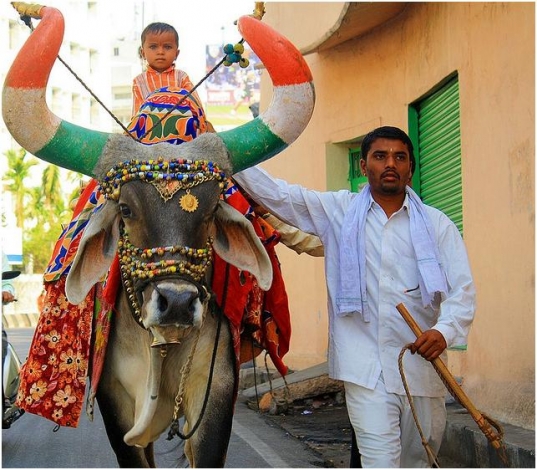
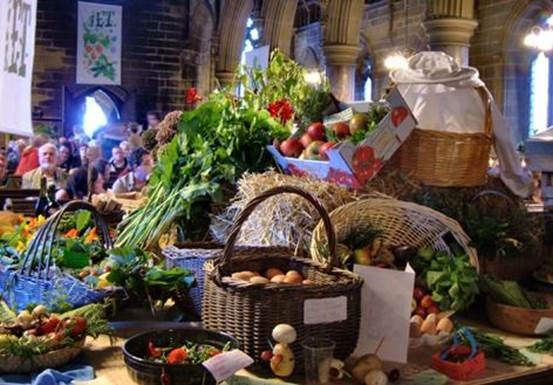
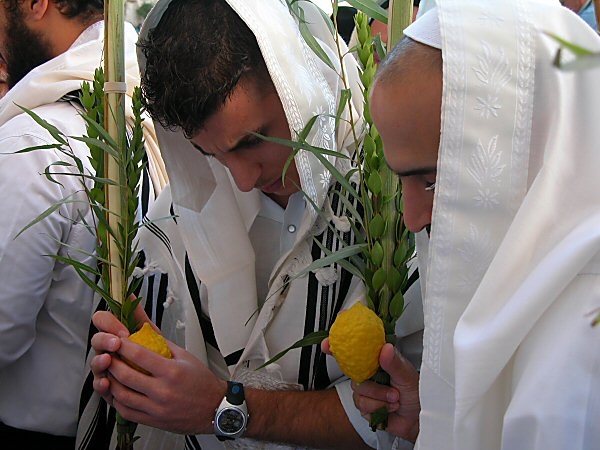

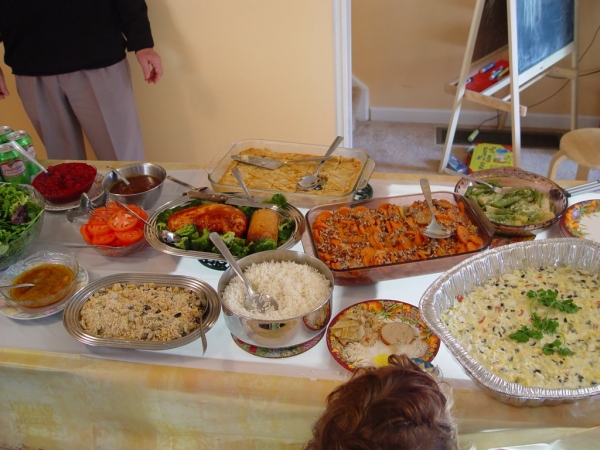
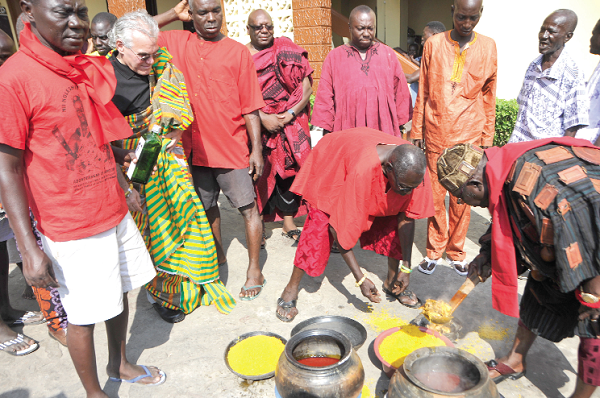
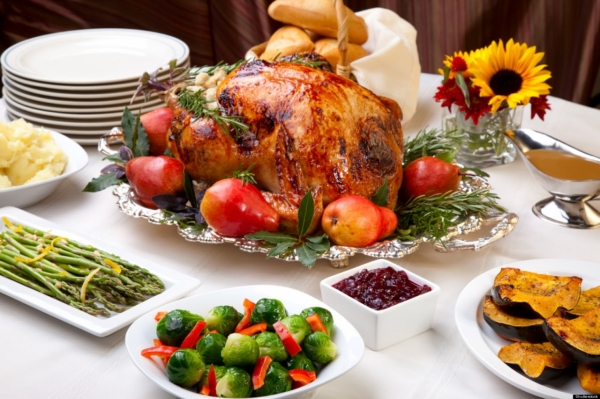
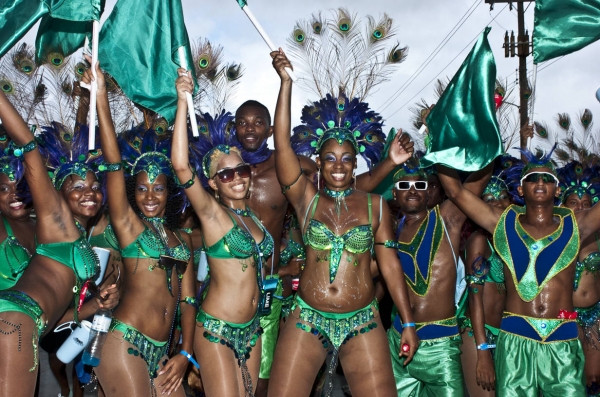
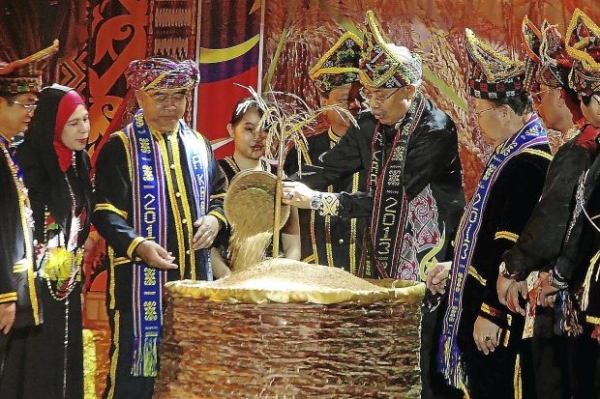
Be the first to comment on this post.